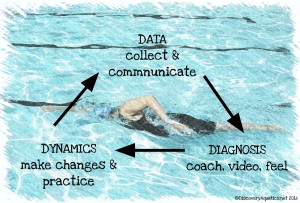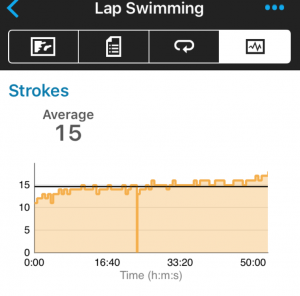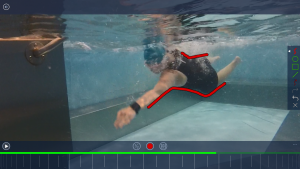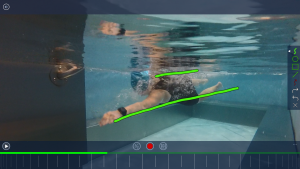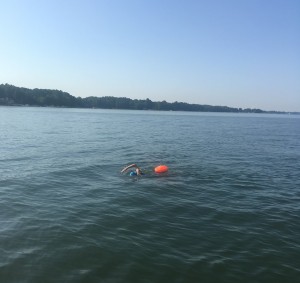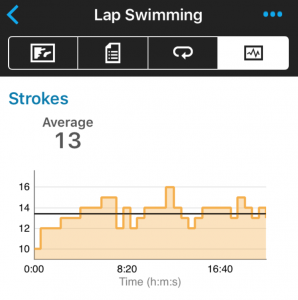A little weekend introspect…
Last month local magazine Lake Norman Currents interviewed me for an article featuring a local resident who has changed paths in their careers.
I think it is important to reflect on how our past experiences shape who we are today, and this interview was a great opportunity to take stock of where I have come from and what I am continually learning about myself as a teacher, coach and athlete.

The full article can be found on page 23 of this issue, but as a summary I spent a number of years as a hospital pharmacist in the area of hematology/oncology. on a daily basis I worked with the team of health care providers and the patients to deliver them care during all aspects of their treatment.
I think the most important skill I learned during this period of my life, that I use today, is to listen to the patient/client/athlete to understand what their main priorities are and merge those into where I feel they need to be directed. In this way outcomes are maximized and everyone has their needs addressed.
I asked a few friends how they saw their life and work experiences play into their athletic careers or vice versa. The exchanges were refreshing and the reward from transferring skills across endeavors so much greater than a win or lose outcome. Here are some excerpts:
Leslie finds a parallel between good days and bad days at work with training. ‘I am learning to be patient, not letting the bad days get me down, and enjoying the good days. whether it is a bad day at work or a bad race, there is always another day.’
Joyce has a new found confidence in her work role from becoming a triathlete. ‘Triathlon has given me the courage to go beyond my comfort zone at work. I recently moved into a director role that is a new position with an emerging job description. It was a huge leap of faith for me. But I thought if I can survive swimming in a lake further than I have ever been and way beyond my perceived ability, nothing can be beyond my reach.’
Cynthia finds similarities with life and triathlon. ‘ Persistence, endurance, hard work, facing down fears, finding grace for the journey, finish lines and fun. I love them both, life and triathlon and the friends and family I am privileged to share this journey with.’
Authentic and real takes on how we can draw parallels in our lives. Everything is material for learning, for evolving into better people and athletes.
Coach Dinah
